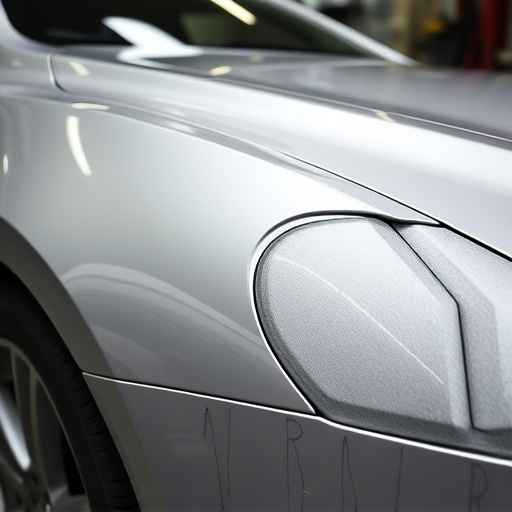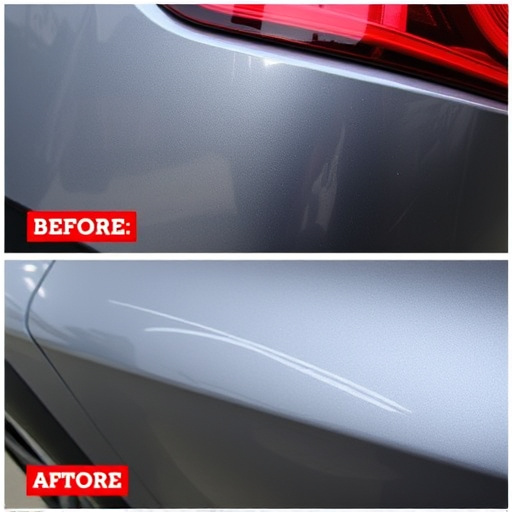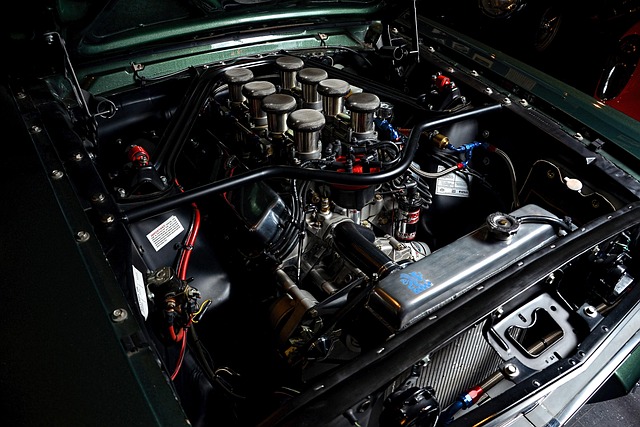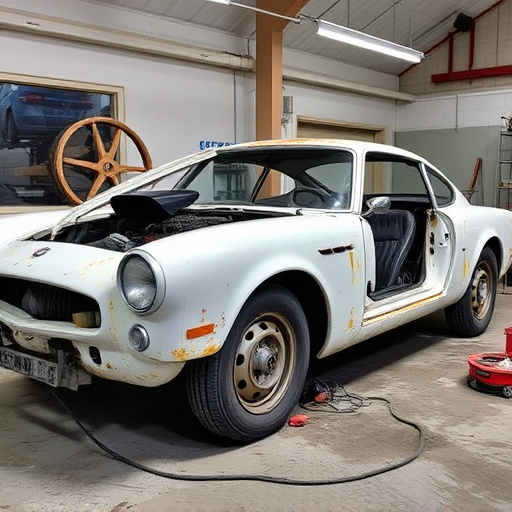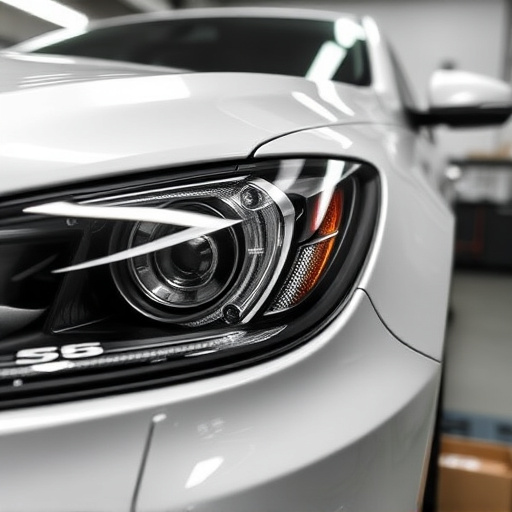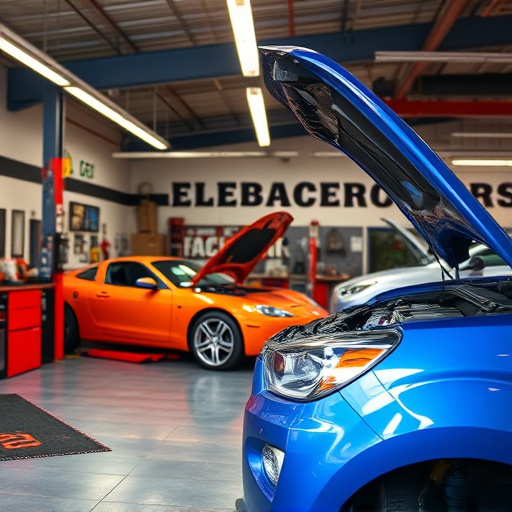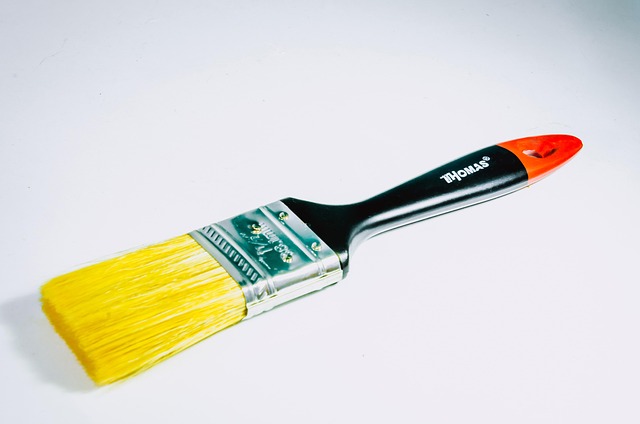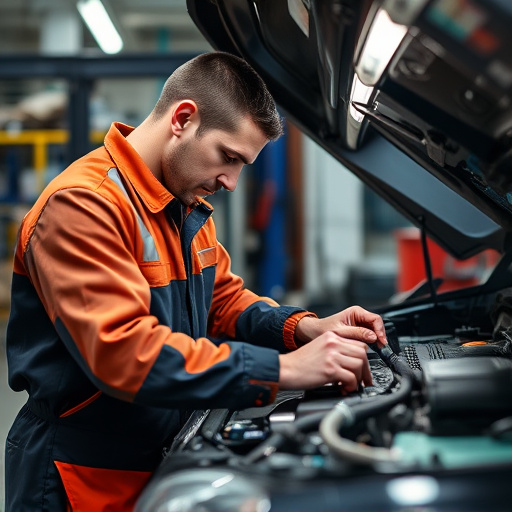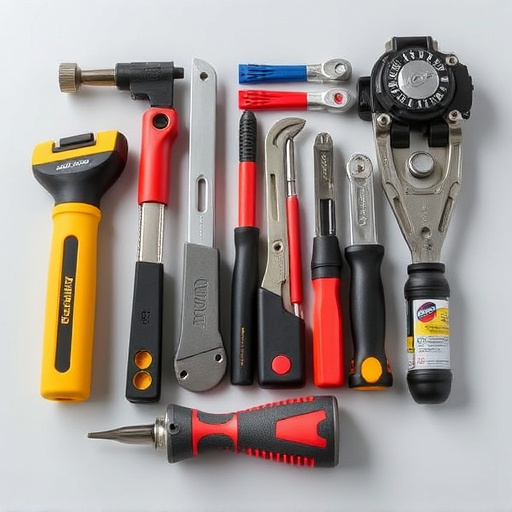Flexible bumper repairs provide a modern, cost-effective solution for minor car dents and dings. Using air pressure and specialized tools, trained technicians reshape dented bumpers without damaging the original finish, significantly reducing repair time and costs compared to traditional methods. Ideal for minor scuffs, cracks, and dents, this non-invasive technique preserves vehicle value and lifespan. However, it's not suitable for severe damage or recurring issues; alternative solutions like painting or replacement parts may be needed for persistent or structural problems, especially in high-end vehicles.
Is your car’s bumper damaged but not severely dented? Flexible bumper repair could be a cost-effective solution. This article explores whether this relatively new auto repair method is worth considering for minor bumps and scratches. We’ll break down the basics of flexible bumper repairs, highlight its advantages, and point out situations where traditional methods might be a better fit. Make an informed decision with this comprehensive guide.
- Understanding Flexible Bumper Repairs: The Basics
- Pros of Choosing Flexible Bumper Repair for Minor Damage
- Cons and When to Consider Alternative Solutions
Understanding Flexible Bumper Repairs: The Basics

Flexible bumper repairs are a cutting-edge solution for minor car dents and dings. Unlike traditional fender or collision repair methods that often involve extensive painting and labor, flexible repairs use specialized tools to gently push out and reshape dented areas of the bumper. This non-invasive approach not only preserves the original finish but also significantly reduces repair time and costs.
The process starts with a careful assessment to determine if the damage is suitable for flexible repair. If approved, a trained technician uses air pressure and specialized tools to reverse the effects of the dent, returning the bumper to its pre-damage shape. This method is ideal for minor scuffs, cracks, and dents, making it an attractive alternative to more extensive vehicle dent repair or fender repair procedures.
Pros of Choosing Flexible Bumper Repair for Minor Damage
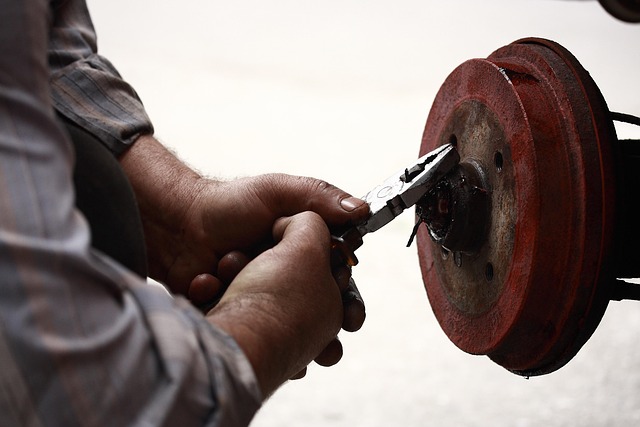
Choosing flexible bumper repair for minor damage offers several advantages. One of the key benefits is cost-effectiveness. Unlike replacing the entire bumper, which can be expensive, flexible repair methods allow for a more affordable solution. This is particularly advantageous for drivers who have minor dents or scratches that don’t compromise the structural integrity of the bumper.
Additionally, flexible bumper repair can preserve the original finish and appearance of your vehicle. Modern flexible repair techniques use specialized tools to make precise adjustments, ensuring the repaired area seamlessly blends with the rest of the bumper. This is a significant advantage over traditional methods, as it means less disruption to the overall aesthetics of your car. Moreover, many reputable vehicle body shops offering flexible bumper repair services can complete the job swiftly, minimizing downtime for your vehicle. Opting for flexible repair also extends the lifespan of your bumper by preventing further damage from spreading. This makes it a practical and sustainable choice for car owners looking to maintain their vehicle’s value without breaking the bank.
Cons and When to Consider Alternative Solutions

While flexible bumper repair offers a convenient and cost-effective solution for minor car damage, it’s essential to consider its drawbacks. One significant con is that this type of repair may not be suitable for all types or severity of bumps. For more substantial damages, where the bumper requires significant reshaping or structural changes, traditional auto bodywork techniques might prove more effective and durable in the long run.
Additionally, flexible bumpers are often designed to return to their original shape over time, but this characteristic can sometimes lead to recurring issues if not addressed properly. If you’re dealing with repetitive small bumps or a persistent dent after a flexible repair, it might be prudent to explore alternative solutions like painting or replacement parts, especially for premium vehicles such as Mercedes-Benz repairs, where aesthetics and value retention are paramount.
When it comes to minor bumper damage, flexible bumper repair offers a cost-effective and efficient solution. Its benefits include preserving the vehicle’s original finish, minimizing downtime, and potentially saving on insurance costs for small incidents. However, it’s essential to consider the limitations, such as reduced flexibility in design changes and potential long-term structural integrity concerns. For minor scuffs or bends, flexible bumper repair is a viable option, but for more severe damage, alternative solutions may be necessary. Always assess the extent of the damage and consult with a professional to make an informed decision regarding your vehicle’s bumper restoration.
